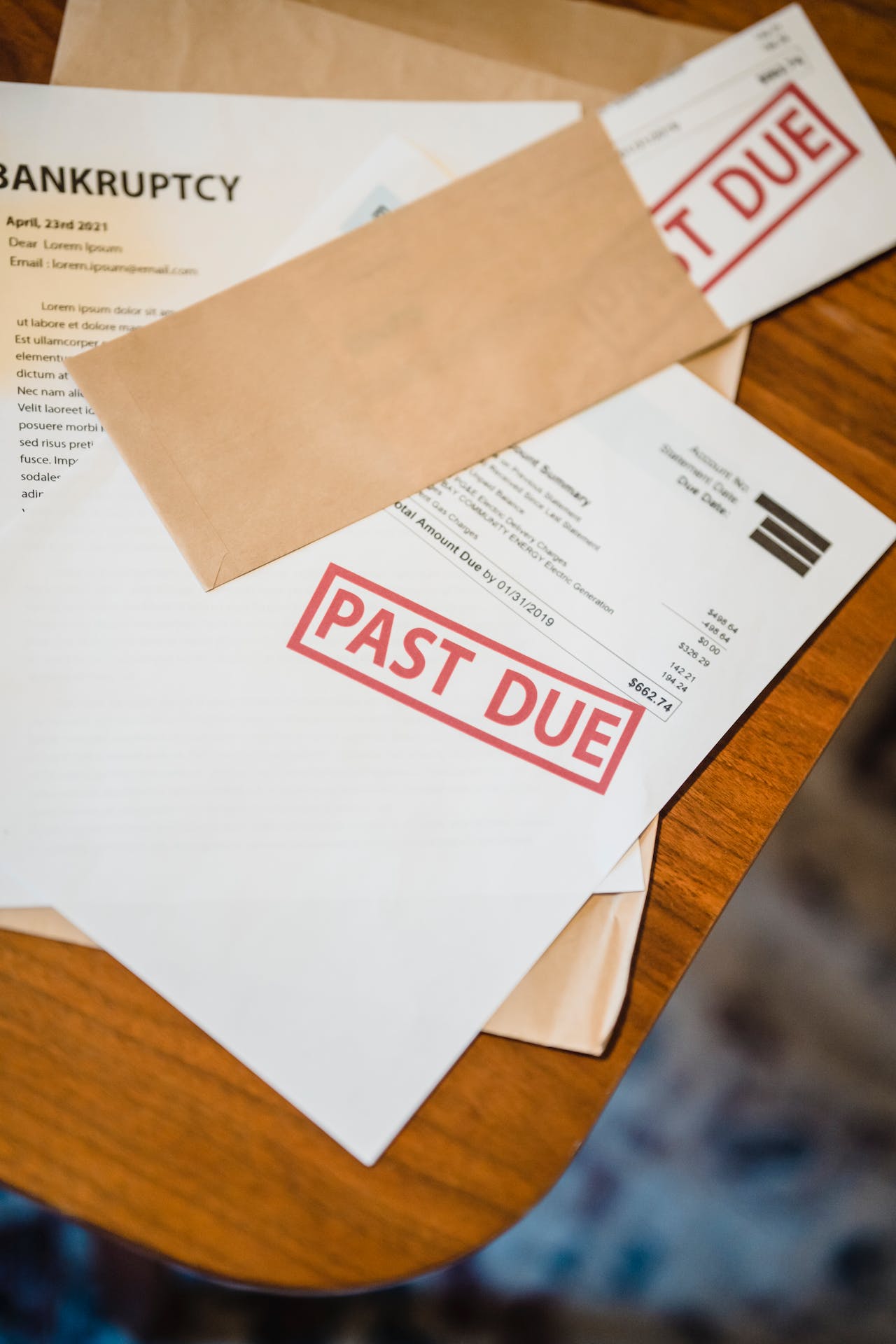In a noteworthy shift, US bankruptcy filings are experiencing a surge after a two-year period of decline, signaling potential economic challenges. As of November 30 this year, there have been 591 bankruptcy filings, closely trailing behind the 2020 figure of 603 during the same period, according to a report from S&P Global Market Intelligence. In contrast, there were 367 filings at this juncture in 2021 and 325 in 2022.
Laura Coordes, a law professor at Arizona State University, attributed the surge in 2023 to heightened borrowing costs and the cessation of federal stimulus checks. Unlike 2021 and 2022, when government aid was still circulating in the economy, Coordes noted a shift in the current environment. The termination of stimulus checks combined with higher interest rates has made it challenging for businesses burdened with debt to refinance. Additionally, the impact of high inflation, particularly in energy costs, has taken a toll on businesses.
Coordes highlighted the altered landscape, stating, “So you have this environment where programs that were supporting businesses and consumers since the pandemic are receding, and you’re left with this high-interest rate environment.” She emphasized that lenders, who were more lenient during the pandemic, are now less willing to forbear or extend loan maturities.
The bankruptcy trend extends across various industries, with companies such as WeWork and Silicon Valley Bank seeking bankruptcy protection this year. S&P’s data reveals that the consumer discretionary sector leads with 76 filings, followed by industrials and healthcare, both with 75 filings each.
Well-known names, including Bed Bath & Beyond, filed for bankruptcy in April. Gerald Storch, CEO of Storch Advisors and former Toys “R” Us CEO, attributed Bed Bath & Beyond’s predicament to a misguided shift away from high-quality branded goods toward more private labels. He noted that despite a surge in home goods sales during the early stages of COVID, the trend did not endure. Coordes cited David’s Bridal, which filed for bankruptcy for the second time in five years in April, as an example of changing consumer preferences and the need for companies to adapt while managing their debt.
Deirdre O’Connor, managing director for corporate restructuring at Epiq, provided a positive perspective on bankruptcies, emphasizing their role in the economy. She explained that bankruptcy allows companies to rehabilitate, restructure, and return to the economy stronger and more profitable.
However, Gerald Storch offered a cautionary note, suggesting that the uptick in bankruptcies may indicate a slowing economy and the possibility of a recession. He pointed to rising debt and increased interest rates, particularly affecting sectors like housing, as potential indicators of economic challenges ahead. Storch expressed concern that highly leveraged consumers may struggle to maintain their previous spending levels, further impacting the economy.
In conclusion, the surge in US bankruptcy filings serves as a poignant indicator of the intricate economic challenges ahead, prompting a collective call for adaptive strategies and resilient measures across industries to navigate the evolving financial landscape.
Source: Yahoo Finance



